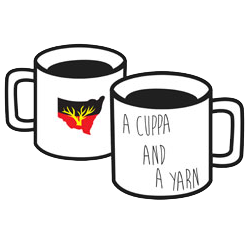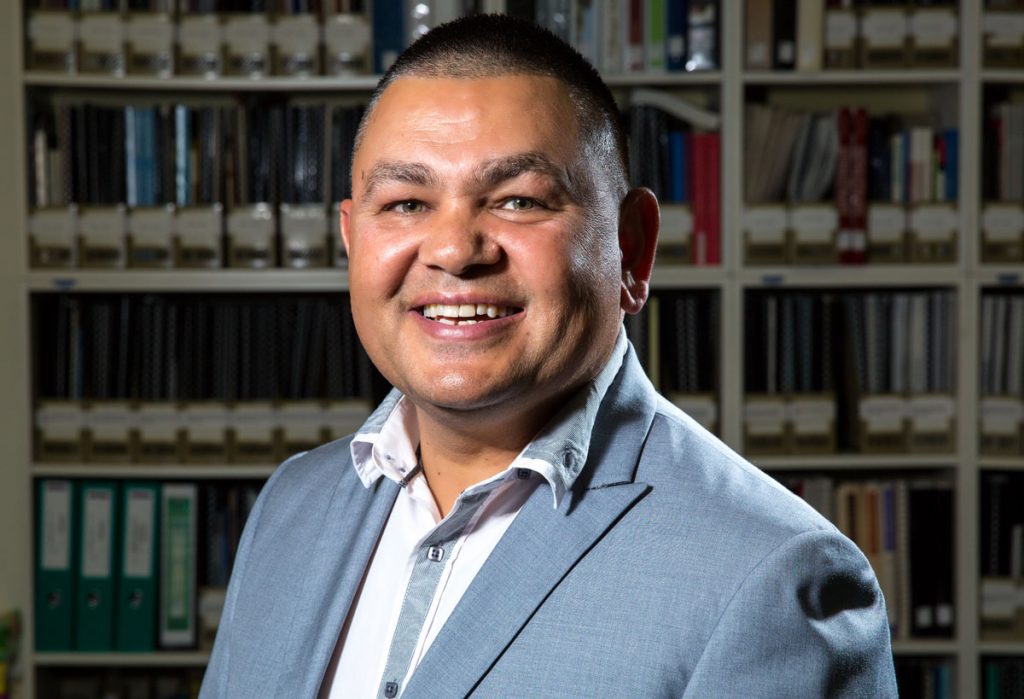29 July, 2014
Roy Ah-See is a Wiradjuri man from Nanima Reserve, near Wellington. He is a member of the Darkinjung Local Aboriginal Land Council.
I was involved in Aboriginal affairs from the day I was born.
Through my family I could see the value of Land Councils. I could see it was the only place that expressed our communities’ aspirations and where the mob came together. A lot of people still don’t understand the power of the Act and what it can deliver.
It’s up to us as a Council to ensure we leave a strong Land Rights system for our grandkids and their kids. For it to be around in the next 30 years we need the involvement of young people. That’s why we’re starting a new social media campaign, to give them a voice
I was told once to put your hand up and be part of the solution. If you’re not a Land Council member you don’t get to have a say about Land Council matters.
In the past there has been stigma in the media associated with Land Councils – about nepotism, infighting and factions. This is no different to local government or state parties. But when it comes to blackfellas, we’re often used as a political football.
The beauty of the Land Council system is that our members elect their spokespeople democratically. The future is looking bright but we’ve still got a long way to go.
The 1983 Land Rights legislation gives us freehold title to crown land. This means you can sell it, develop it or go into a joint-venture partnership. It’s amazing. We’re not reliant on government funding.
For me land is a sense of belonging, its country. If you’re an Aboriginal person, you’ve been affected by dispossession. By living on reserves and being fed rations, we’ve been conditioned to think that we’re not good enough, that we’re different. Growing up on a mission was hard but Mum’s struggle has shaped who I am today. I will be forever grateful for my upbringing.
I can see how trauma is passed on inter-generationally. You only have to look at drug taking and alcoholism in our communities. These are secondary symptoms and it all comes back to dispossession. It’s not about being a victim. I was a victim of my own circumstance but I stood up and said I am a survivor. That’s the reason a healing or reconditioning process needs to happen.
I would like to see a healing centre in each of the nine regions for our local Land Council members. This can be where the people reconnect with language, ceremony or healing on country.
I believe the solutions and answers are within our communities. They’re not with government, they’re not with non-Aboriginal people or the so-called experts. They’re within us.


